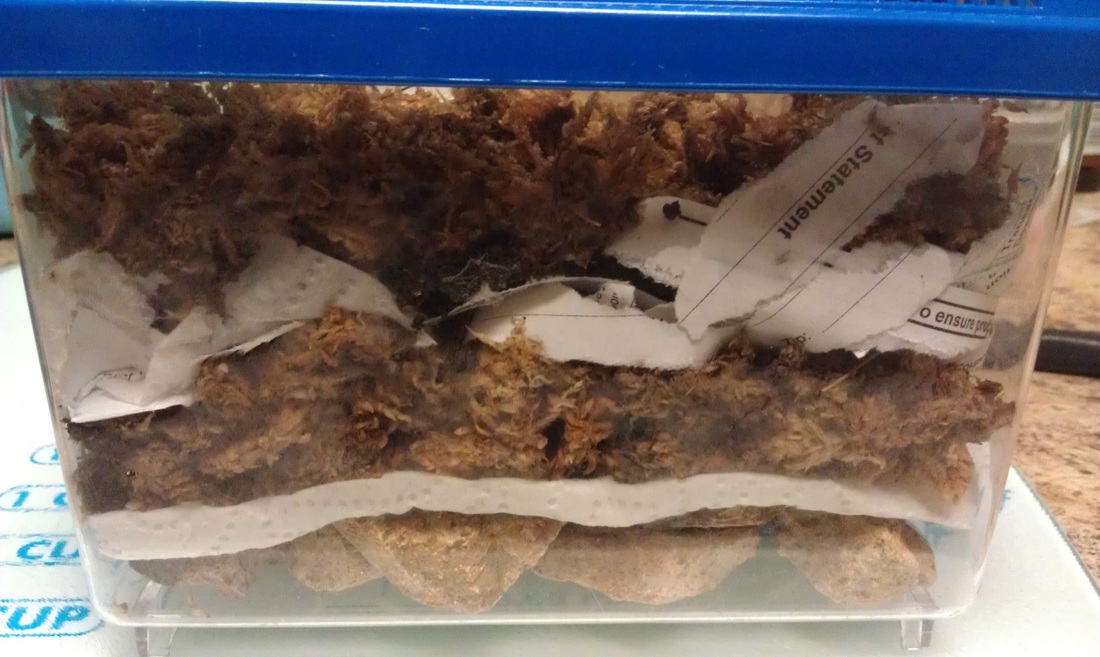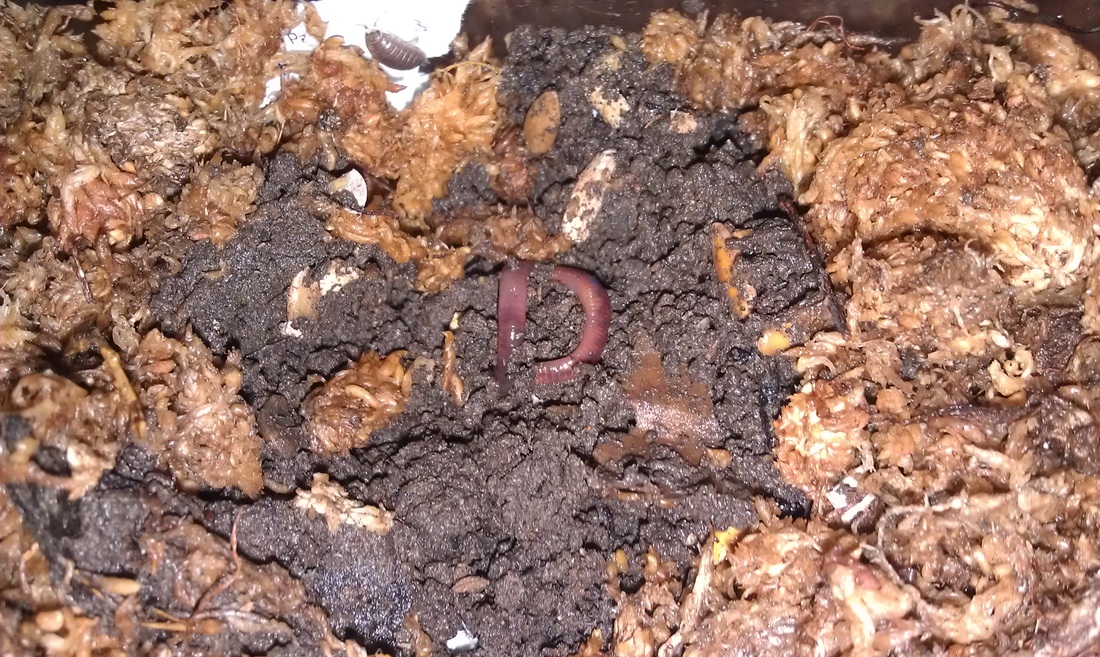We were first introduced to the composting class by a gentleman who spoke to us on behalf of the Texas Commission on Environmental Quality. He explained a lot about the municipal solid waste and landfill disposal in Texas. This two night program was available due funding from the Regional Solid Waste Grants Program. So not only are we learning how to compost, but this free program will help encourage the public to reduce their average pounds per person per day amount of garbage that goes into the landfill, thereby saving everybody money. Recycling is a fantastic way to do this!
Our classes were taught by Permian Basin Master Gardeners, volunteers who have been educated on gardening and horticulture through many hours of hands-on training. These volunteers then in turn, share their knowledge with the public. The first night, our class met at the Commemorative Air Force Museum where a Master Gardener taught us what composting is and how we can build and maintain a compost pile. The second night of our class was located at the Time Machine Recycling Center in Odessa. Here we learned about vermiculture or how to raise worms to produce compost. We then went outside to help build a new compost pile in the Permian Basin Master Gardener's demonstration garden.
The most important thing I learned about composting?? If there's ever something wrong with your pile, turn it! Turning it helps in the decomposition process and can solve many problems that you may come across. The second most important thing I learned about composting?? The BROWN:GREEN ratio should be around 30:1. Browns are materials high in carbon such as shredded paper, dried leaves, or dried grass. Greens are materials high in nitrogen such as your kitchen scraps (no meat or dairy), fresh grass, coffee grounds, or herbivore manure. Too many browns will lead to slow decomposition process and too many greens will lead to a stinky pile. I also learned that you shouldn't waste your money on the plastic barrels for composting as they take a very, very long time to compost and the plastic will probably break down too quickly for your liking...especially in West Texas heat. The simple 3'x3'x3' wire mesh is the most sturdy as well as the easiest to manipulate when you need to get at your pile. You can see an example here - though I must note that the Master Gardeners mentioned the aerating wire stand in the middle would be more helpful to grow your tomatoes and not in the compost pile!
The most wonderful part about taking this composting class was that we each went home with our very own FREE 3'x3'x3' wire compost bin, "tomato" stand, thermometer, & red worms! I didn't know about that when I signed up for the class but am sooo glad I decided to go!!
Do you have a compost pile? Do you have composting worms? Tell me all about it as I am new to composting and would love to hear your stories!
Learn more! A few PDFs and websites from my class:
Soils & Composting
Backyard Conservation - Composting
Earth-Kind - Composting
Worm Composting
Vermiculture
Happy D Ranch - worm composting



